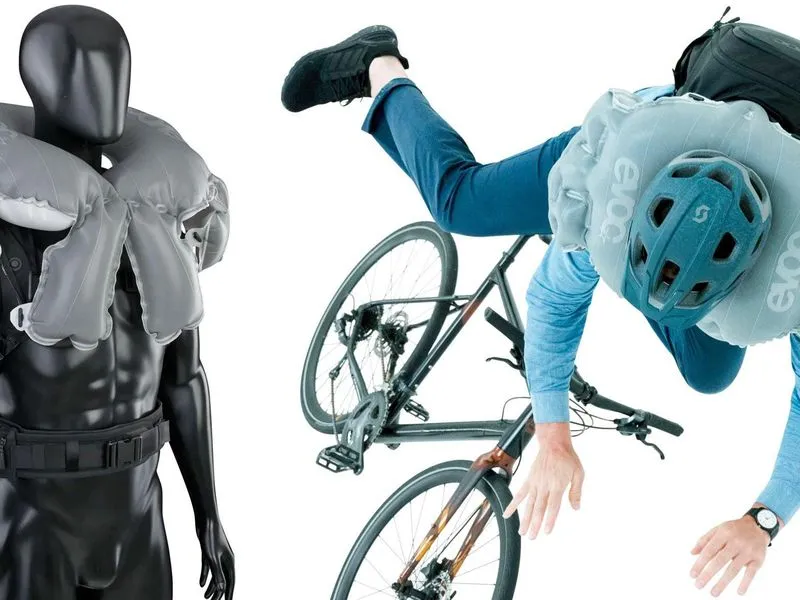Due to Tour delivering on stage 5 my motivation to discuss safety during such race was rather low. As Vuelta started and this is the first rest day. Taking into the account all the sensible arguments from this thread and while being focused on collarbone protection. Fixed brace type of collarbone protection isn't best suited for pro road cycling. Adding some material like foam wouldn't do. As the forces involved are too big. The solution must be on-demand, adequate and to be activated in the case of a crash. We already have such technology in cars and motorcycles. Some vests for cycling started to emerge a few years back.

en.helite.com
This solution might not offer "full protection" as it doesn't extended to shoulders. What it does show is that you can already pack an airbag solution into a rather small package. Solutions do already exist that offer more protection:
Electronic sensors detect fall from bike and inflate football-style shoulder pads for upper-torso protection

www.smithsonianmag.com
Using such system the number of collarbone related injuries would drop substantially. Just like it did in other sports when started to being used. But the current offering is too big to be regarded as suitable for pro peloton. The target is a casual commuter. As the challenge was "show me a solution for cycling that would reduce the number of collarbone injuries". And that was achieved.
The challenges still involved in regards to pro road cycling are to scale down this solution and to make it suitable for pro peloton. Here i feel that the pressure should be put on cycling apparel manufacturers. As currently they are selling equipment that doesn't offer any protection against such type of injuries. Beyond some mild road rash prevention. Once things get into motion each new generation will be more suitable for pro road cycling. I imagine that the transition phase to go from usage on some stages or sections to full time usage. Once the technology will be there. As for that to make much more sense in compared to not wearing it and risking such type of injuries and down time.











